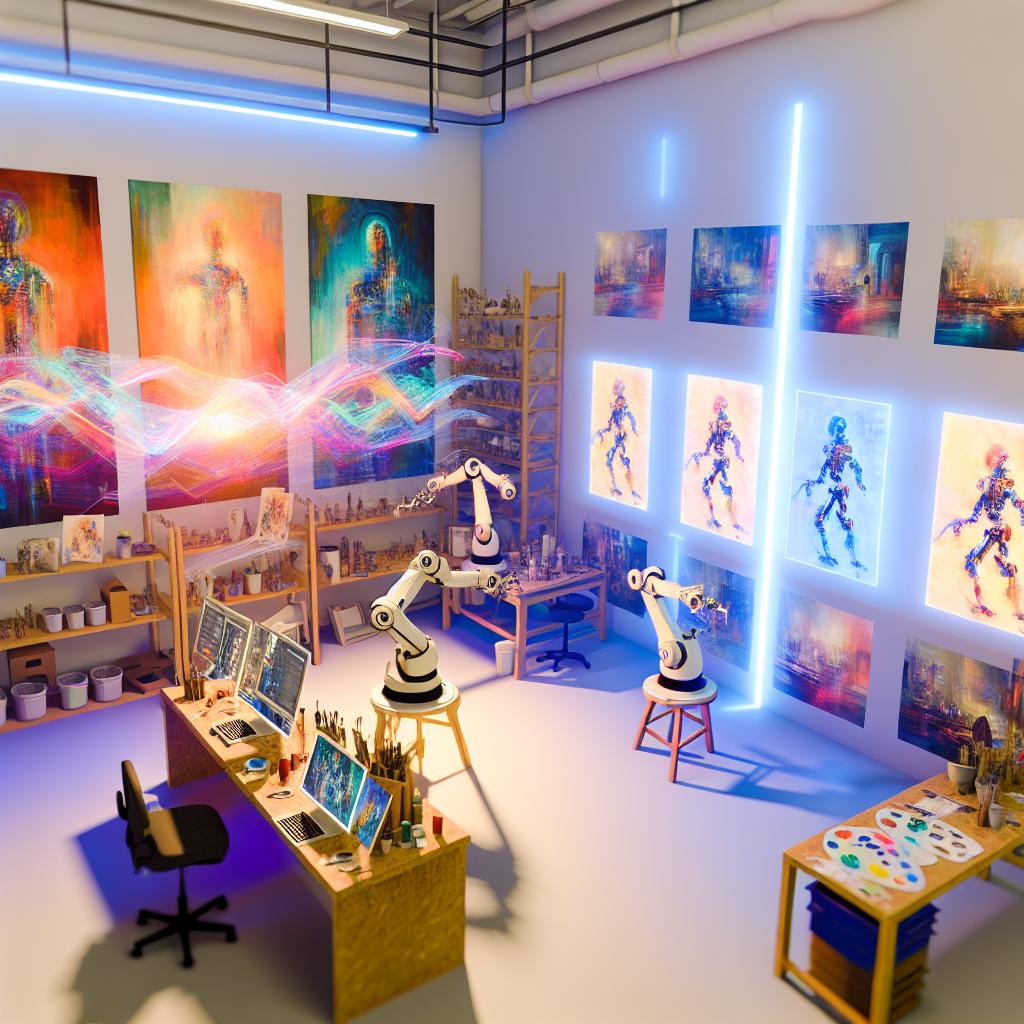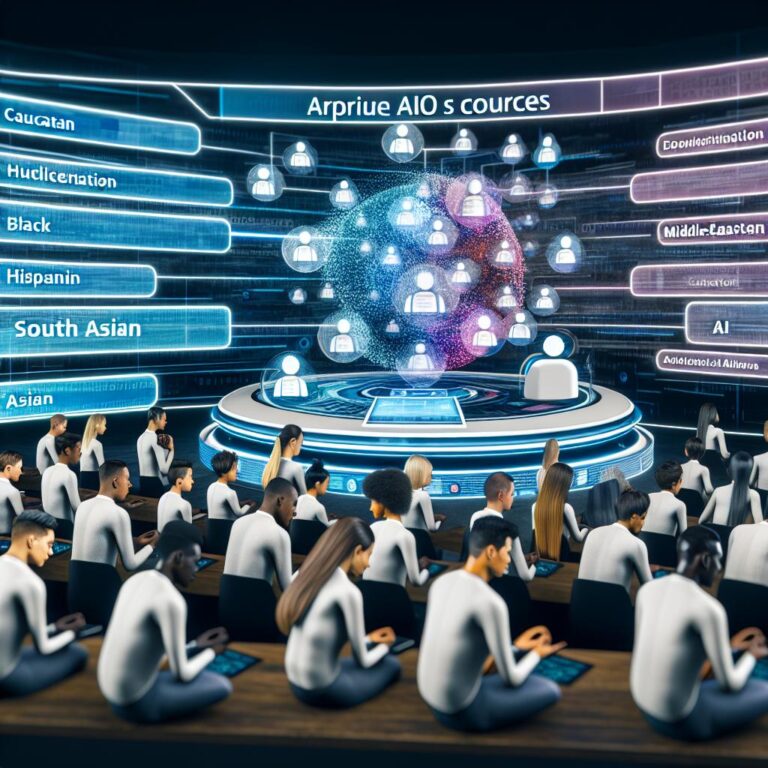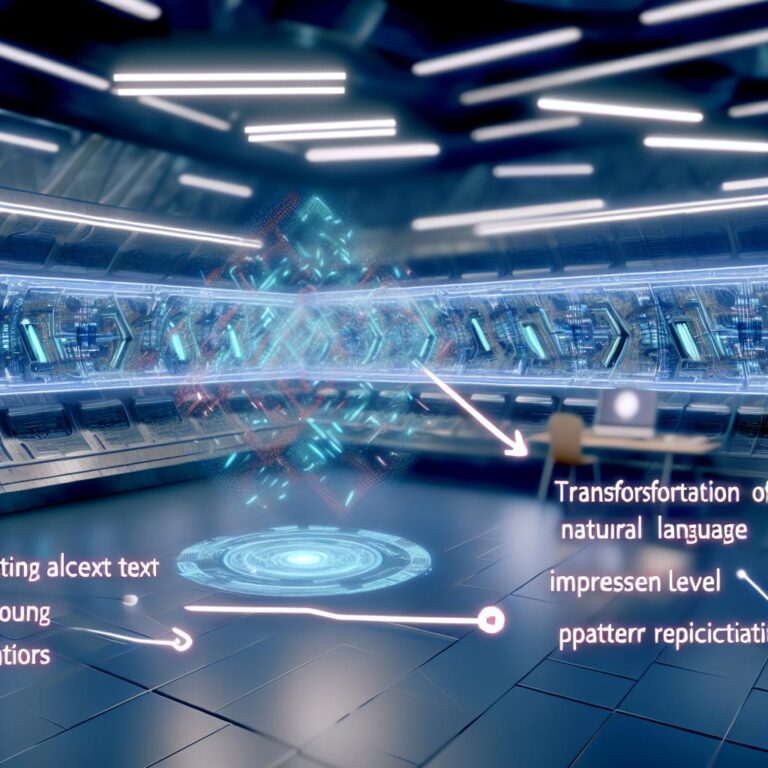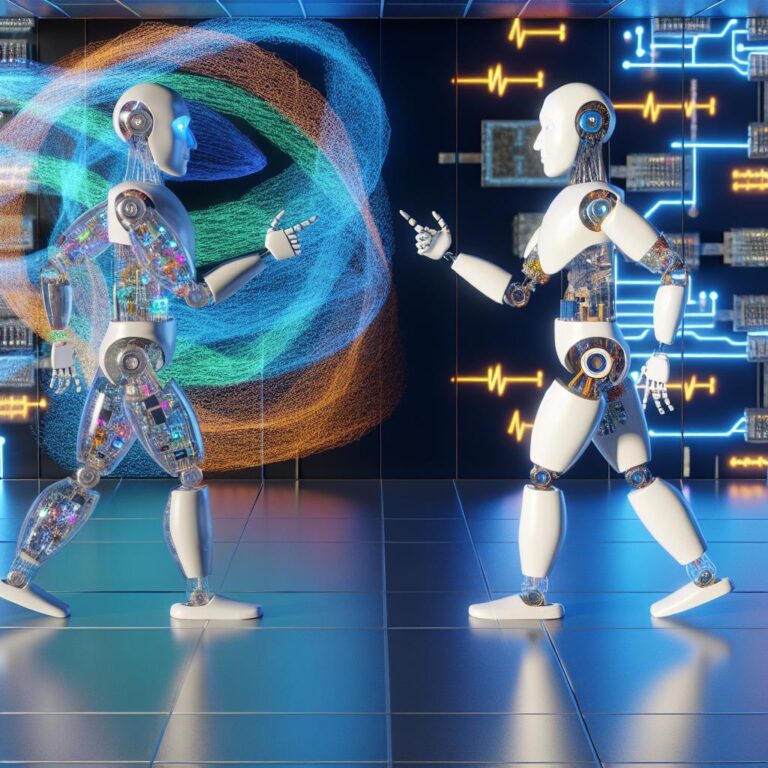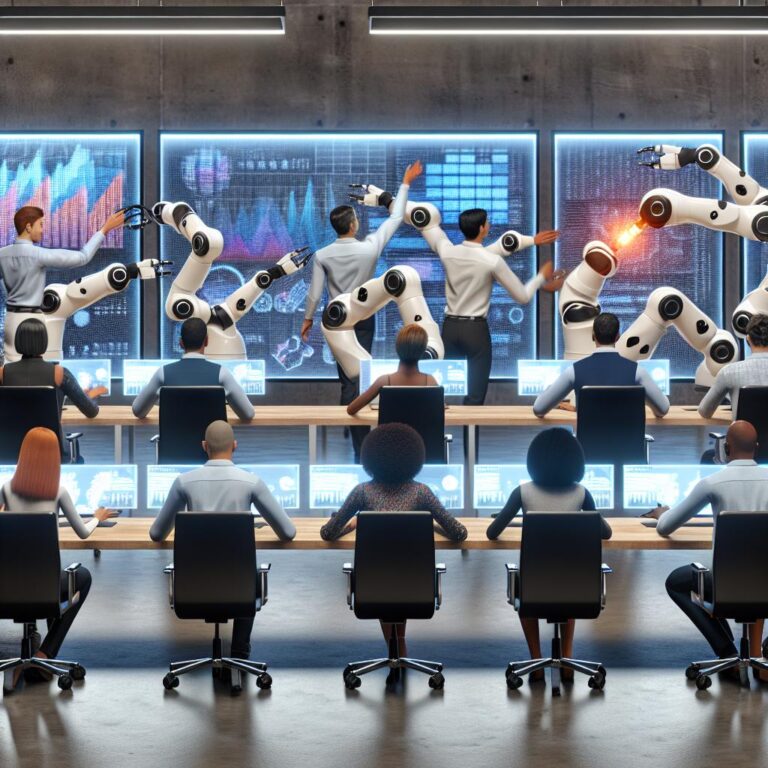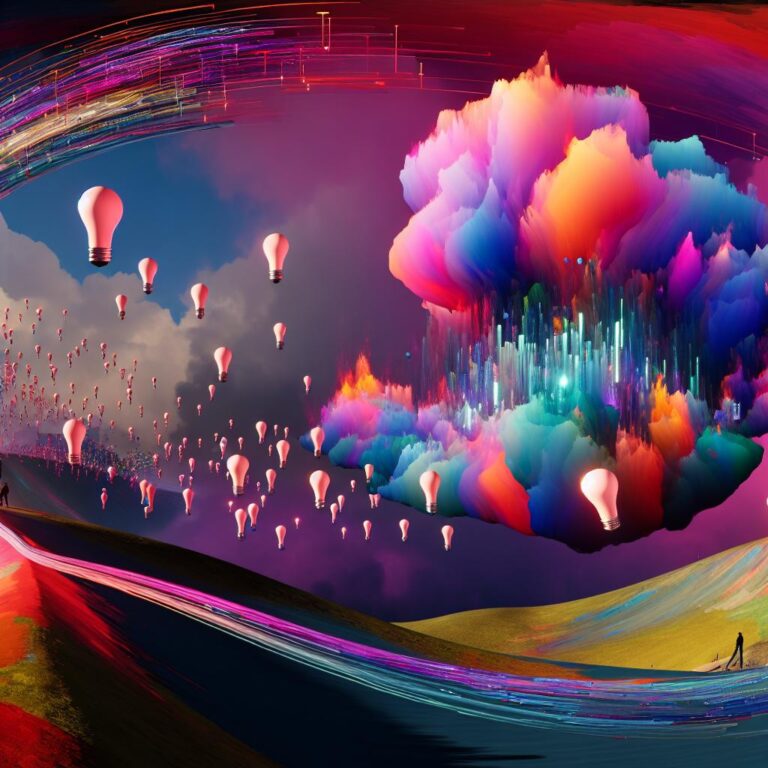AI Art Prompts and Templates: How Do They Inspire?
- AI Art Prompts: These are short phrases guiding AI to create art, exploring styles from realism to surrealism. They spark creativity by suggesting themes or styles like landscapes or cubism.
- Customization: Prompts can cater to an artist’s personal style, enabling modifications for specific themes.
- AI Tools: Popular tools include Midjourney, Stable Diffusion, and Dall-E, each offering unique features for art creation.
- Impact on Traditional Art: AI blends computational techniques with traditional methods, enabling faster style experimentation.
- Art Guides: AI guides simplify learning and exploring digital art trends, especially useful for beginners.
- Template Benefits: Templates streamline creativity, providing structure while allowing personal expression.
- Effective Prompts: Compelling prompts are specific, thematic, and direct, maximizing AI’s output potential.
Ever wondered how AI art prompts spark creativity? As a technology fan, I've seen AI transform digital art. These prompts push the boundaries of creativity, offering new ways to express ideas. From surrealism to pop culture, AI art templates turn imagination into reality. Join me on this journey as we explore how AI-powered prompts can fuel your artistic passions and revolutionize how we create.
What Are AI Art Prompts and How Do They Inspire Creativity?
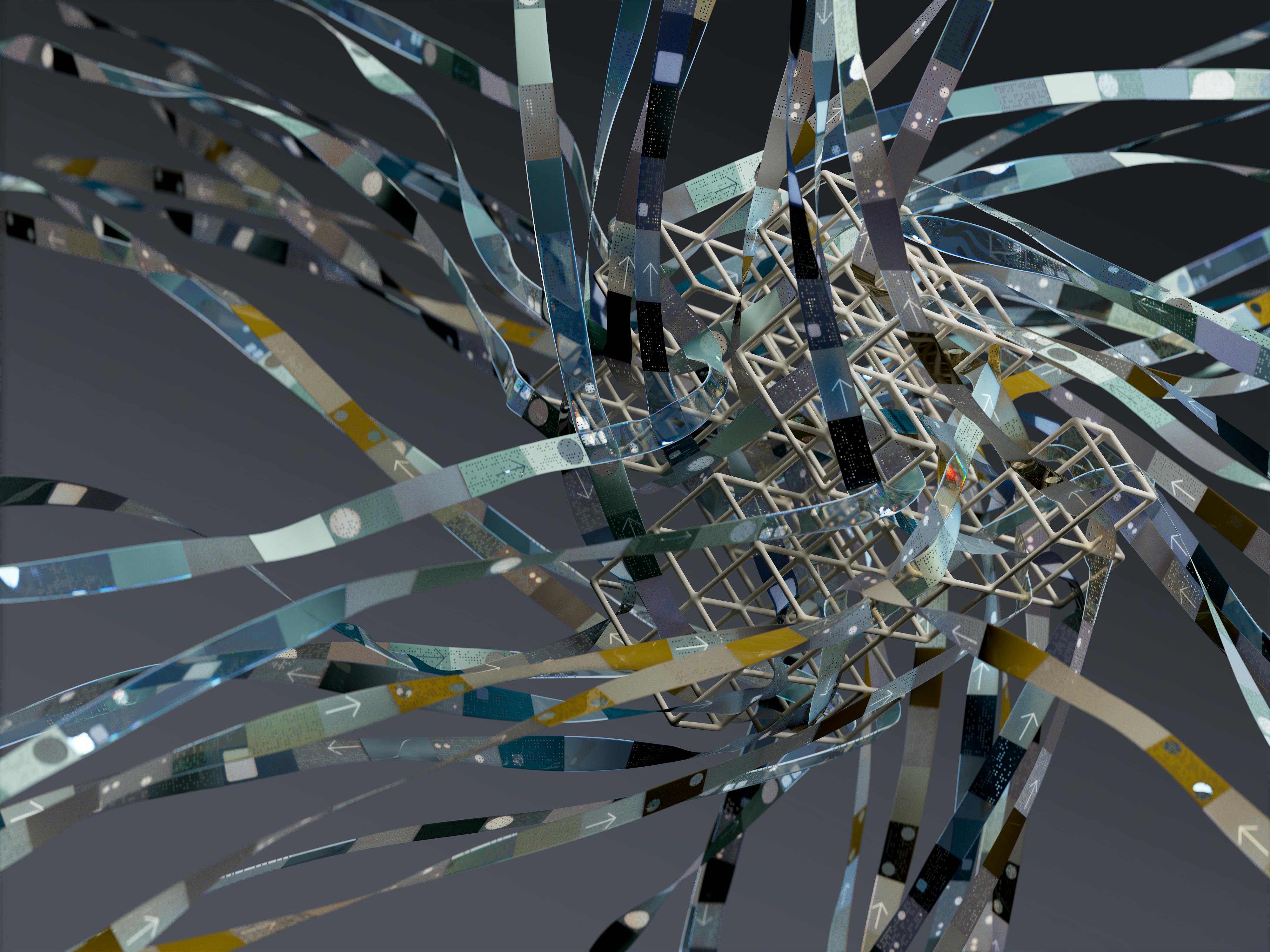
Art is not just about creating something; it's about inspiration and exploration. AI art prompts are short ideas and hints given to machines. They help produce creative and surprising digital art. In our digital age, these prompts unlock endless possibilities. With hundreds of prompts available, artists can choose what fits their vision.
What are AI art prompts?
AI art prompts are words or short phrases given to AI tools to create art. They can be simple like "sunset over mountains," or complex, like "surreal city in a glass bubble." These digital guides help AI understand what kind of image or artwork to create. The prompts can steer AI to mimic styles of famous artists or invent new ones. They are crucial for anyone wanting to explore digital art beyond traditional boundaries.
How do AI art prompts enhance creativity?
AI art prompts open the door to endless ideas. Thinking outside the box is easier with creative AI prompts. Each prompt is like a spark for new ideas. Artists can use them to draw inspiration for different themes or styles. For example, a prompt could suggest painting landscapes like Bob Ross. Another prompt might focus on drawing in a cubist style, like Pablo Picasso. Such prompts encourage exploration of different art forms, fostering creativity. AI art prompts do not limit artists; they expand the boundaries of what art can be. It's like a playground where artists can experiment and explore new creative paths.
How can AI art prompt collections be customized for individual artistic needs?
Art is personal. Each artist has a unique style, and AI prompts can match this uniqueness. Collections of prompts offer plenty of options for customization. If you're into surrealism or love pop culture, there are prompts for that. An artist can tweak suggestions to align with their vision. For example, they can modify a landscape prompt to suit their fantasy scene. Or change a cyberpunk prompt for a softer, dreamier look. This personal touch lets artists stay true to their style while also embracing new ideas. Moreover, artists can create their own prompts, perfectly fitting their artistic themes. This provides even more freedom and room for innovation.
In today's world, AI creativity is not replacing human touch. Instead, it is a tool to improve it. With AI, artists can reach endless artistic possibilities. They can explore and learn new skills or just have fun. This is what makes AI art prompts so exciting.
How Can AI Tools Be Utilized for Art Generation?
AI art generation tools are changing how we create art. With these tools, anyone can make amazing art without being a trained artist. They open new doors, merging technology with artistry.
What AI art tools are available for generating innovative artwork?
Several AI art generators stand out for their creativity. Midjourney, Stable Diffusion, and Dall-E are popular names. Each tool has its unique strengths and features. Midjourney is known for its ability to craft intricate and detailed images. It allows users to dive into complex design elements, making it a favorite for detailed artwork. Stable Diffusion excels at transforming text into visuals. Users can input descriptions and watch them become images, perfect for those who want to see their imagination come to life. Dall-E, meanwhile, pushes the boundaries. With its vast repository of images and styles, it offers endless possibilities for unique art creation. Dall-E's library ensures that users find the right visual elements to match their needs. Explore these tools to find which aligns with your creative goals.
How do AI-driven art concepts transform traditional art methodologies?
AI is transforming art by blending new ideas with old techniques. Traditional art relies on manual skills and artistry passed through generations. Artists honed these skills through practice, creating masterpieces with time and effort. Now, AI combines these methods with technology. It introduces computational power and algorithms to the art process. AI can augment traditional skills, automating certain tasks while allowing creativity to flourish. Artists can now experiment with different styles faster. They can merge classical techniques with digital processes, such as using AI to simulate brush strokes on a digital canvas. This intersection allows for new styles and methodologies to emerge. Artists aren't confined by tools but empowered by them, creating unique and innovative art pieces.
What role do AI-powered art guides play in digital artistry?
AI guides and tutorials have become crucial in the digital art realm. They serve as mentors, especially for beginners. Even expert artists benefit from these guides to explore new techniques. AI-powered guides offer instructional content to simplify complex processes. They provide structured lessons and step-by-step instructions. Beginners can quickly understand complex concepts like layering and image manipulation. These guides also keep artists updated with the latest trends and tools. As digital art evolves, so do the methods used. AI guides offer a constant stream of fresh ideas and techniques. They enhance learning through interactive modules, keeping artists engaged and informed. Using AI guides helps develop skills, making learning accessible and art creation achievable for everyone.
How Do AI Art Prompts Vary Across Different Art Styles?
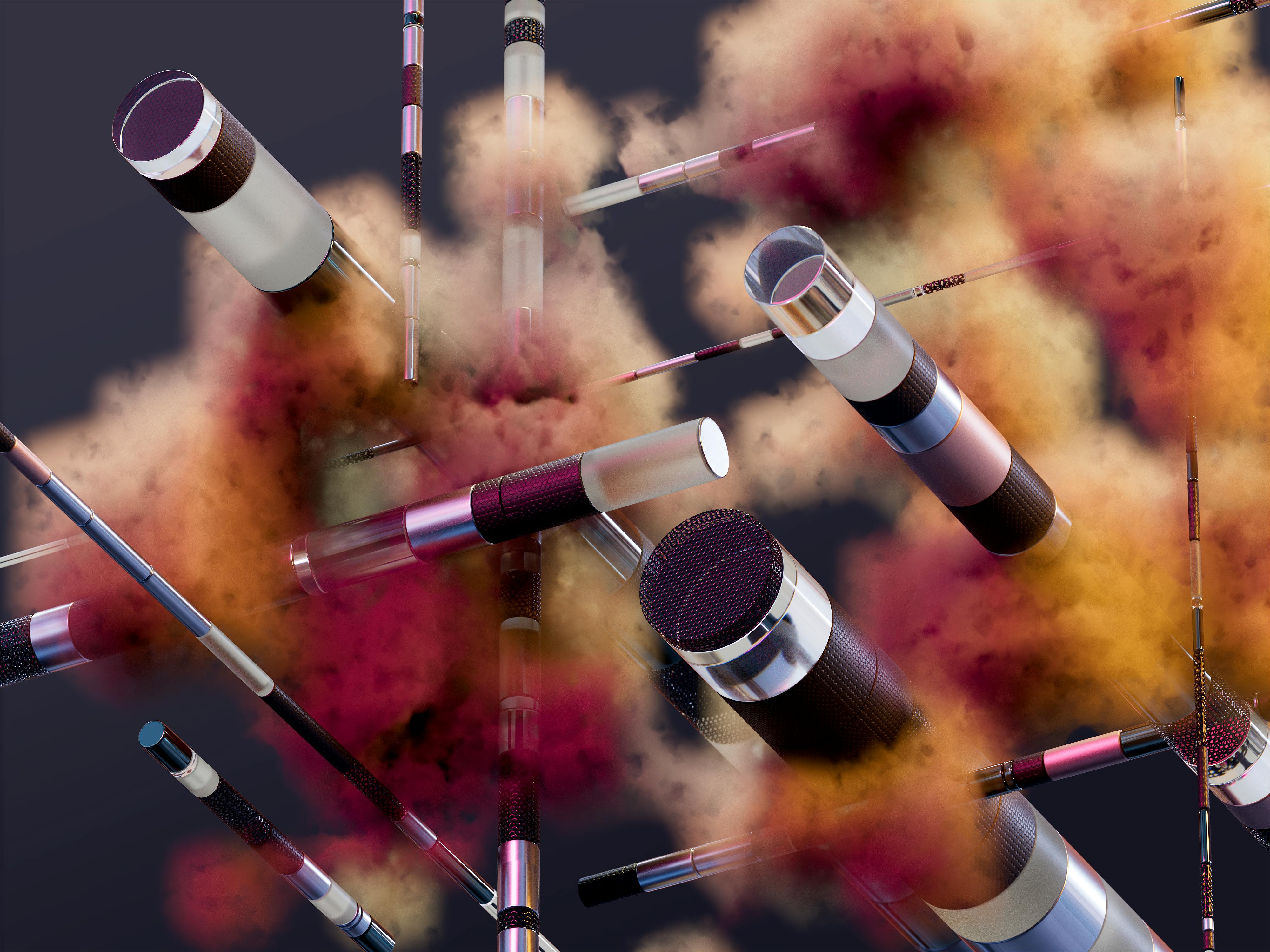
AI art prompts open up endless creativity. They help us explore different art styles. When I think of these prompts, I imagine doors to new worlds of art. Each of these prompts is like a key that unlocks a unique style. They guide AI to create fascinating art pieces that can amaze you.
What are the key differences between prompts for abstract art and portrait art?
Abstract art and portrait art prompts differ in focus and style. Abstract art prompts emphasize shapes, patterns, and colors. They encourage thinking beyond the literal. A prompt might suggest creating a swirl of colors or a dance of geometric shapes. This frees the mind to explore unknown territories. Abstract art challenges AI to create without a fixed meaning.
On the other hand, portrait art prompts center around the human form and expression. They focus on details like face, mood, and character. A prompt might describe a smiling child or an old man with wise eyes. This directs AI to generate art with attention to human emotion and individuality. Each prompt for portraits aims to capture the essence of a person.
How do surrealism and cubism prompts encourage experimental art?
Surrealism and cubism prompts invite creativity and experimentation. Surrealism is about making the strange familiar and the familiar strange. Prompts for surrealism might suggest creating dreamlike scenes mixing familiar objects in unusual ways. This leads to art that feels both bizarre and captivating. For instance, a prompt could combine a floating apple with a melting clock. Surrealism prompts push AI to blend reality and fantasy seamlessly.
Cubism prompts break down subjects into geometric shapes. They aim to depict subjects from multiple viewpoints simultaneously. A cubism prompt might ask for a face shown in triangles and angles. It invites AI to reconfigure how we see ordinary objects. This style encourages breaking norms, leading to revolutionary art forms.
What makes pop culture and street art prompts unique?
Pop culture and street art prompts have a bold, accessible vibe. These styles interchange everyday themes and iconography. Pop culture prompts often focus on well-known media and icons. An example prompt might involve recreating a famous cartoon character in a vibrant pop-art style. This creates engaging art that is instantly relatable.
Street art prompts draw on urban themes and social commentary. These prompts emphasize boldness and often have a rebellious spirit. They might include graffiti elements or depict urban scenes. An example might ask to create art representing city life with vibrant colors and striking lines. This open-ended approach encourages art that speaks directly to its audience.
Using AI for these styles brings a new level of innovation. The AI generates art that remains grounded in popular themes yet explores new artistic heights. Both pop culture and street art require prompts that capture energy and relevance, highlighting the evolving nature of creativity in our society.
AI art prompts vary widely across styles. They range from exploring abstract ideas to celebrating pop culture. Each type of prompt guides AI in distinct ways, opening new artistic possibilities in digital spaces. By tailoring prompts to specific styles, we allow AI to inspire art that both blends tradition with innovation. This innovation is as thrilling as it is inspiring.
How Can Templates Facilitate Art Creation with AI?
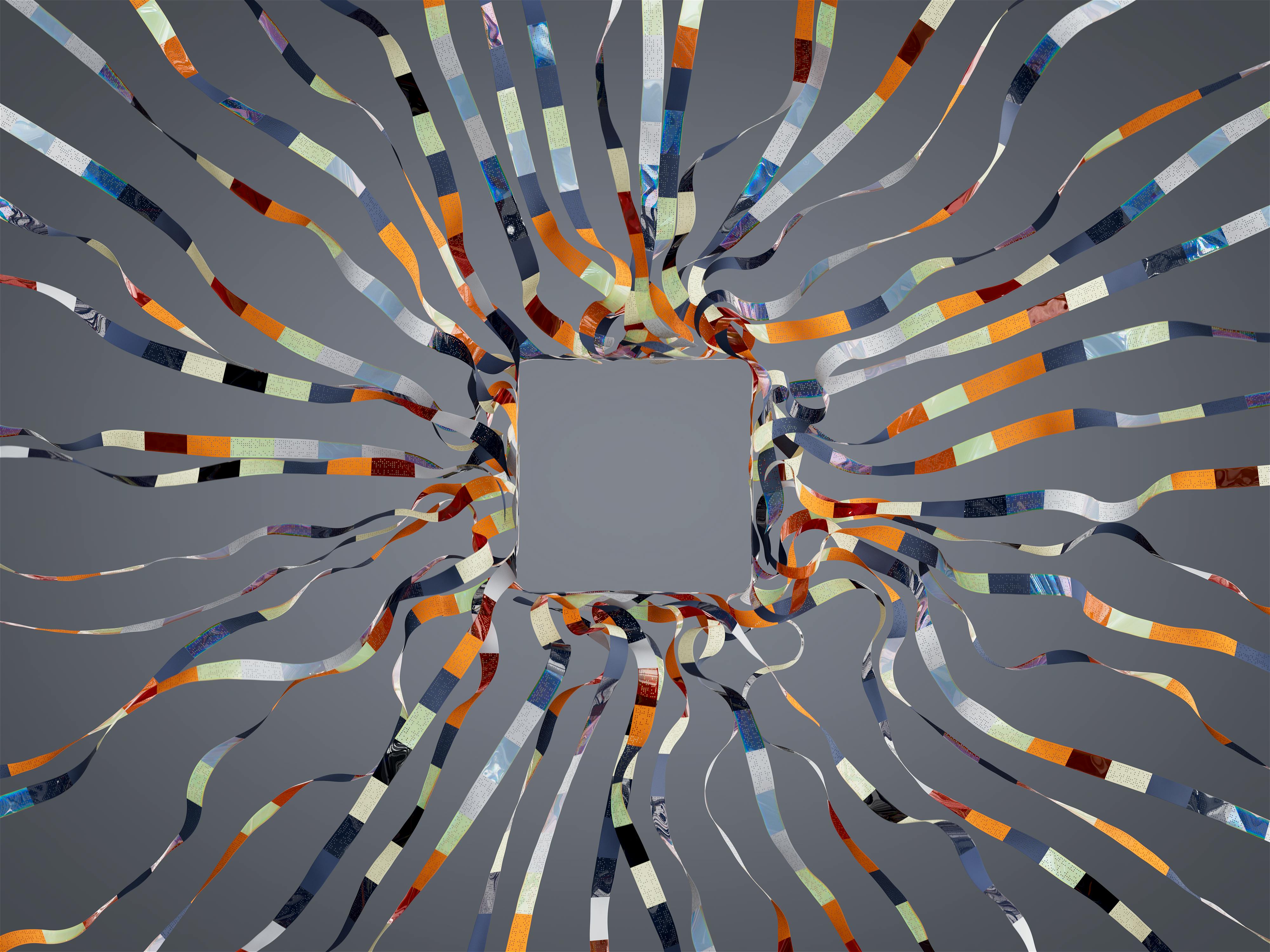
Creating art is a thrilling journey of discovery, especially with AI. Template-driven art ideas help make that journey smoother. Instead of facing a blank canvas, these templates offer structure. They break down creativity into manageable parts, guiding you with clear paths. Yet, they allow space for personal flair. Templates transform the creative process by offering a simple starting point and freeing up mental energy for detail work. It’s like having a roadmap that shows both the route and room for detours.
How do template-driven art ideas streamline the artistic process?
Templates simplify the artistic process by adding structure. They offer a framework where ideas can grow. This structured approach helps focus on creation rather than getting stuck. With templates, artists are free to explore new concepts within set boundaries. They lessen the burden of decision-making at the start. Think of it as solving a puzzle with the corner pieces included. The creative energy spent on figuring out where to start isn’t wasted. The structure of templates ensures that artists face fewer creative blocks, setting them on the right path swiftly.
What are the benefits of using template innovation in art?
Using templates provides consistency in art creation. Templates ensure each piece maintains a quality standard. They also allow room for creativity. With pre-made options, templates balance guidelines with artistic expression. This innovation saves time while encouraging personal style. Templates create a harmony between efficiency and creativity. You can explore without technical barriers, pushing boundaries while remaining true to your art. Template innovation inspires artists to try new styles and experiment with techniques. The reassurance of a consistent base makes creative exploration less daunting.
Why do artists use AI-enabled artistic vision for futuristic themes?
AI aids artists by offering new tools for exploration. It’s like having a partner that suggests new ideas. This is especially valuable for futuristic art templates. AI's capabilities expand imagination, pushing art into new realms. With AI, artists craft themes that not only depict the future but also hint at it. This collaboration explores uncharted territories, unlocking visionary artwork. AI's ability to analyze and propose innovative avenues results in unique futuristic outcomes. Modern art templates benefit from AI’s insights, turning visions into reality. Through its predictive power, AI opens doors to innovation, guiding the artist’s hand. Visionary artwork becomes possible through the seamless blend of human creativity and powerful AI capabilities.
What Tips Are Essential for Writing Effective AI Art Prompts?
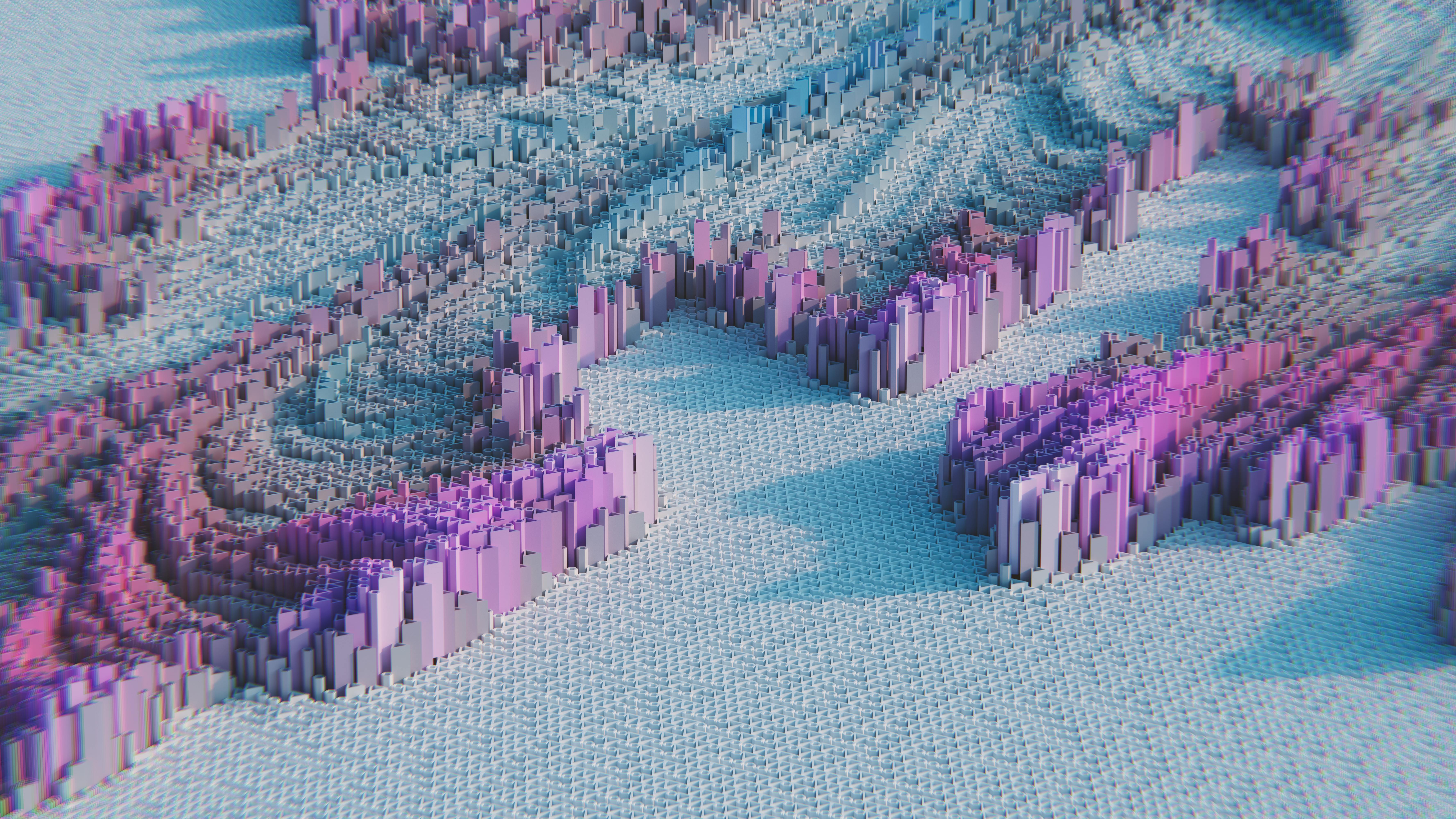
What are the fundamental components of a compelling AI art prompt?
To write a compelling AI art prompt, start with clear structure. A good prompt needs an engaging theme or subject. Be specific; for example, "paint a rainy city at night." This gives the AI a focused goal and limits random outputs. Include stylistic elements like mood or famous artist styles to guide the process.
Words like “vibrant” or “eerie” can set a tone for the art. Keywords are crucial, too, as they direct the AI towards particular features. Use descriptors that specify colors, shading, or lighting, like "soft pastel colors" or "dramatic shadows." By offering precise details, you help the AI create output matching your vision, instead of a general image that may miss the mark.
How can prompt-based art guides improve artistic output?
Prompt-based art guides serve as roadmaps for creating art with AI. They offer frameworks that make efficient use of the AI's capabilities. Using these guides can result in more consistent and professional artwork. They often include step-by-step instructions for using AI tools like Midjourney or Dall-E, helping artists achieve stunning results.
By following a guide, artists can explore techniques they've not tried before. This can broaden their work reach and style. Some guides suggest unique angles on a common subject, urging artists to remix or innovate. Through structured prompts, artists develop finer control over the AI's output, honing their skills and discovering what works best for them.
What strategies can be used for artistic inspiration with AI?
Bringing AI into your creative workflow can crack open fresh wells of inspiration. One approach is to use AI for brainstorming. Feed AI a broad theme, like "nature in urban settings," and see what emerges. The AI can produce ideas you might not consider on your own, sparking creativity and pushing boundaries.
Another method involves experimenting with mixed media art prompts, blending styles, and techniques. For example, asking AI to create “a cyberpunk forest mural” can produce unexpected beauty. Additionally, embrace abstract prompts that focus on form or color experiments. This can lead artists into new directions without preconceived notions.
Variety is key: shift between themes and styles often. AI tools are excellent for exploring contrasts; mix surrealism with realism or combine cubism’s geometric shapes with organic forms. Each experiment broadens your artistic horizon, teaching you about versatility and creativity.
Keep challenging yourself by trying new techniques, like creating logos with thorough prompts. Each new style contributes to your artistic journey. Engaging with AI this way grows your skills, expands your art range, and keeps your creative passion alive and invigorating.
Conclusion
AI art prompts reshape art by sparking fresh ideas and styles. They guide artists to explore creativity with adaptable, personalized suggestions. AI tools simplify generating innovative and artistic works by merging classic methods with technology. The variation across art styles, from abstract to pop culture, opens new pathways for expression. Using template-based creation streamlines the process, allowing artists to focus on vision, not just technique. Crafting effective prompts enhances this creative journey, inviting unique inspiration. Dive into AI art prompts to unlock endless artistic potential and transform your artistic endeavor with these cutting-edge tools.
